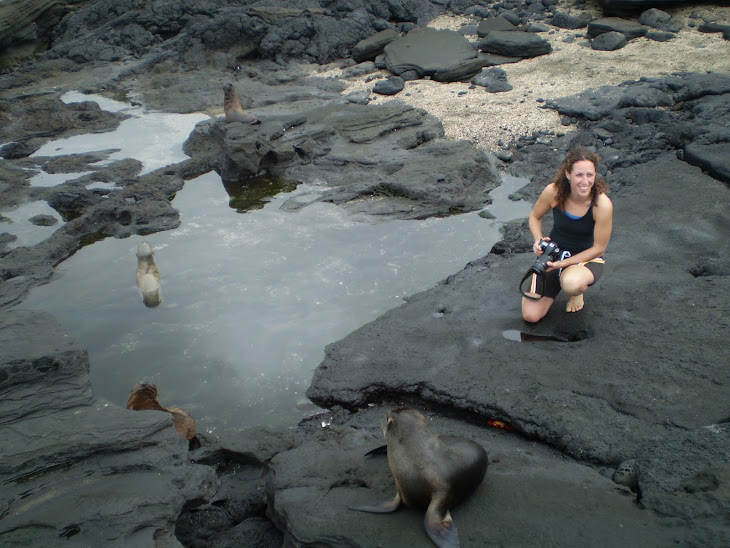In brief, moon bears (Ursus thibetanus) also referred to as Asiatic black bears, Tibetan black bears, or Himalayan black bears depending on the subspecies, produce a considerable amount of bile compared with other bear species. Unfortunately, Traditional Chinese Medicine has relied on bear bile to cure a range of ailments from heart disease, colon illnesses, to fevers. Some companies even use bear bile as an additive in non-medical products such as toothpaste.

Considering the main product extracted from bear bile, ursodeoxycholic acid, can be produced synthetically and over 50 herbal alternatives exist, the use of bear bile in pharmaceutical products is unnecessary. Nevertheless, the pressure of poaching this endangered species was considerably high and in search of a wildlife management solution, the Chinese, Korean, and Vietnamese governments decided to allow the use of bear farms. Basically, a moon bear is placed in a cage, also known as a crush cage, and compressed into a space far less than the bear’s average body mass would normally fit. To extract the bile, catheters are inserted into the bear and left inside the bear to facilitate continuous bile extraction by bear bile farmers. Infections, illnesses, and other medical complications often take a toll on the bear, and along with psychological distress, a bear in a bile farm can suffer considerably from pain and succumb to a slow death.

In efforts to cease the bear bile farming, Jill Robinson (founder and CEO of Animals Asia Foundation) visited these farms during the early 1980s. She struck a deal with the Chinese government in 2000 to release 500 bears to her for rehabilitation and she created the Moon Bear Rescue Centre as a place where each bear can have a chance at a life again, as a bear. She has only received 270 bears to date, but she remains as a great model for taking chances and leading a slow but very important animal welfare and conservation revolution.
Nearing the end of our tour of the Moon Bear Rescue Centre, we arrive at the gift shop. I encourage the guests to peruse the items for sale in support of the Centre, but I slowly become aware of an individual’s voice speaking just outside the shop in an English accent. I step outside to take a peak and immediately recognize the face and voice of moon bear conservation. It is Jill Robinson!
I introduce myself and mention both Natural Habitat Adventures as well as my PhD studies. Jill is a very pleasant woman, and we get along cheerily. After meeting some guests in the group, Jill turns to me and asks if I have about 5 min to spare so she can show us a few things. I happily reply “of course”, and she leads us to the medical facilities of the Centre. In one room, a bear is having xrays taken, and in another room a bear is having cataract surgery.

We are allowed to enter both rooms, interact with the bears, and discuss issues with the veterinarians on site. It is an amazing and unique opportunity that will undoubtedly make a long-lasting impact on everyone, in support of Jill’s rescue efforts, one moon bear at a time.






